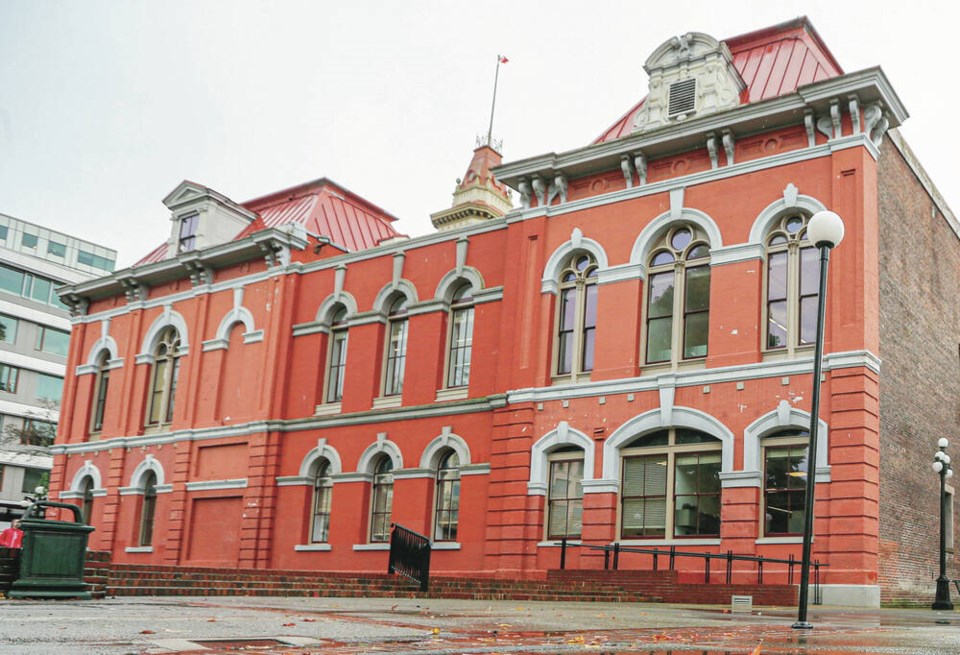The City of Victoria will spread the tax burden a little more evenly this year after council voted last week to change tack and take more of the burden off commercial and industrial properties and add a slight increase to residential property tax bills.
Council is expected this week to enact property tax rates for the 2022 fiscal year that will translate into all classes of property facing a 3.89 per cent increase in their property tax bill.
The proposed new tax rates, expressed in dollars per thousand dollars of assessed value, are 2.89 for residential, 9.97 for industrial, 10.2 for light-industrial and 10.5 for business. Last year, the rate was 3.22 for residential and 10.7 for business, industrial and light-industrial.
The rates would mean this year the typical Victoria business with a property value of $966,000 will face a $265 increase in property taxes this year, while the average homeowner, with an assessed value of $683,000, will need to pay $105 more than last year.
It’s a slight change from the proposed tax rates agreed upon at a committee meeting April 21, when the rates would have seen business and industrial property owners facing a tax rate of 10.53, and residential property owners would have seen a rate of 2.89.
Coun. Jeremy Loveday, who proposed the new scheme, said the change sends a signal that the city needs to retain and inspire investment in job-creating industrial and light-industrial land.
“These properties are where a lot of the creative productive industries are located. It’s also where a lot of sustainable innovation is occurring,” he said in an interview. “And I think when we look at the future of our city, we need to be sending signals that these properties should not face an outsized tax burden at this time.”
Loveday had previously voted to go along with the majority of the committee in approving the earlier tax-rate scheme, but said he had always intended to put forward the new option.
“I thought the previous direction unfairly burdened the light-industrial and industrial classes of land,” he said. “This amendment allows us to provide meaningful relief to those job-creating lands while only having a very minimal impact on residential and business classes.”
The business community had bristled at the earlier tax plan, noting that many businesses still faced serious challenges due to the pandemic.
Last year, the city reduced business taxes by just over two per cent due to the pandemic and the fact that, during 2020, the assessed value of commercial property dropped by an average of 5.29 per cent. Residential assessed values in the city increased by 2.26 per cent at the same time.
This year, the assessed values increased for residential properties by an average of 15.85 per cent and 5.63 per cent for the average business.
However, property assessments do not automatically translate into a corresponding change in property taxes. That is determined based on what an individual assessment is relative to the average change in a property classification.
If a residential property has a greater than 15.85 per cent increase in assessed value, then that property will experience a higher than average tax change and vice versa.
Loveday said the loss or potential loss of industrial and light-industrial land is an ongoing issue in most cities as they grow.
“And I think it is important that we retain these lands and send signals that we value the services and industries that are located there,” he said.
Council will vote to enact the amended bylaw on Thursday.



